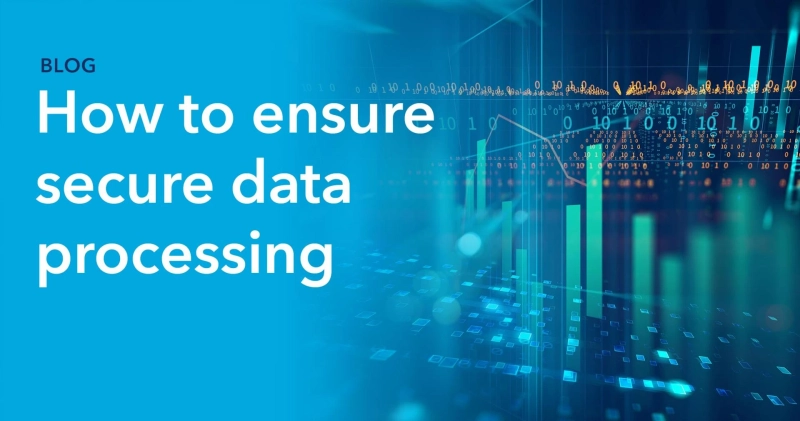Data virtualization is the core technology that allows for fully compliant and secure data processing across expansive, spread out networks. A virtual representation of data is combined and processed securely according to the existing business rules. This creates an interoperable layer where analytics can be conducted on custom datasets, regardless of where the data is stored, eliminating the need for slow and costly data transfers.
A data virtualization platform can be added to your existing data architecture without altering your data storage functions, whether they are in the cloud, on-site, or a combination of both.
A virtualized data layer offers secure data processing with comprehensive data governance and access control, letting administrators set permissions down to the row and column level. This significantly reduces the risk of data breaches or leaks, even in situations with multiple collaborators. Additionally, a virtualized data platform creates a metadata repository to bring better data structure management and access auditing, as needed.
Click here: intertrust.com


